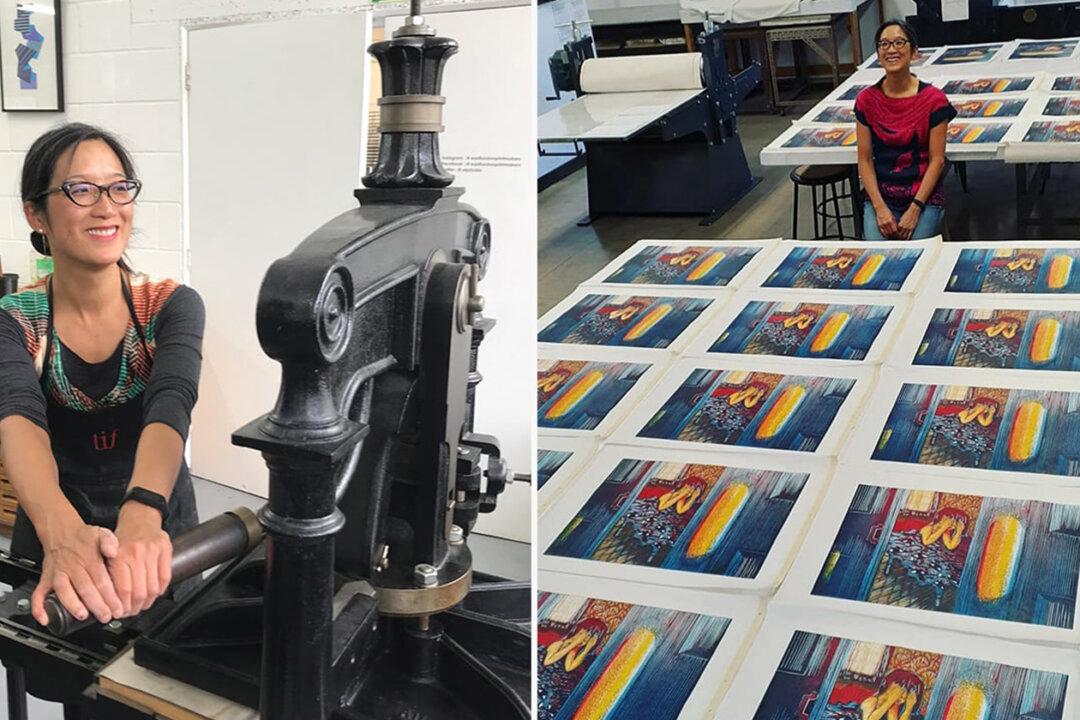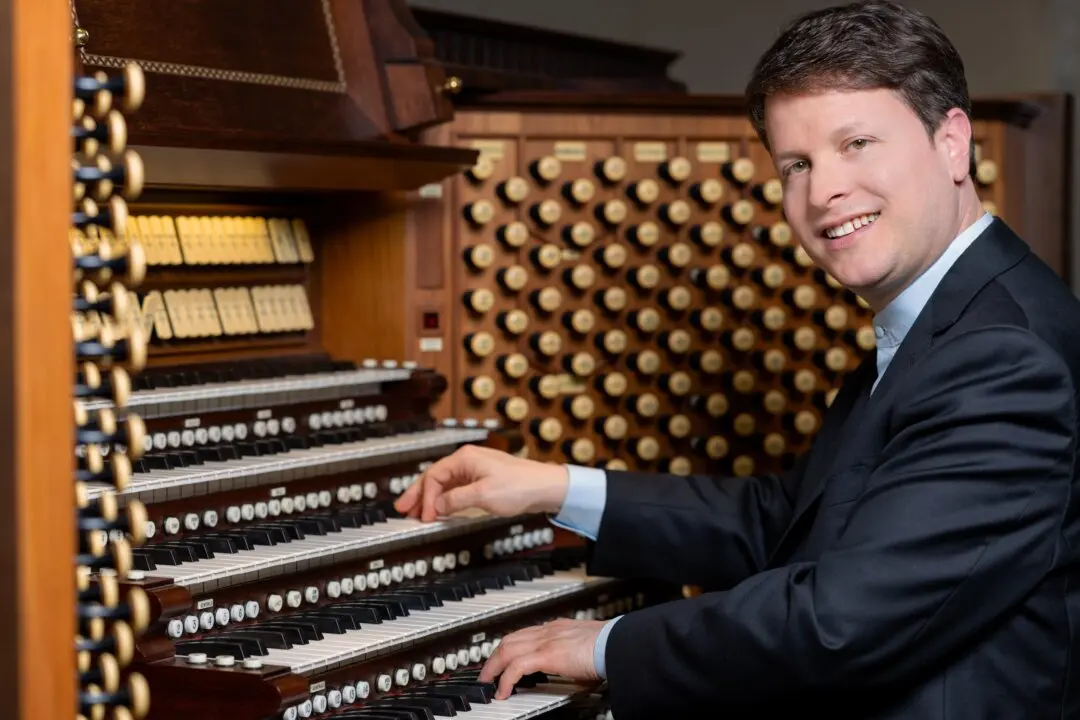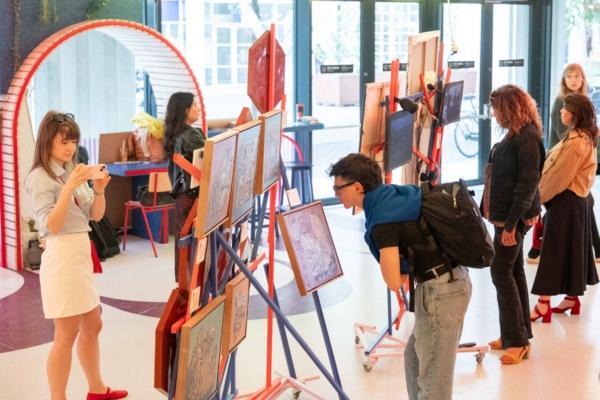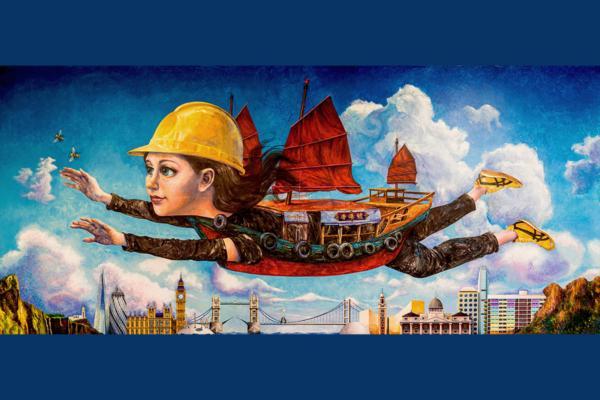“I chose ‘Before I Forget’ as the theme of the exhibition because our memory has a time limit, and thus I hope to engrave those moments on my mind through art creation, which may possibly bring back other people’s memories,” said the British Chinese printmaker.
Wuon-Gean Ho, a Chinese printmaker who graduated from the Royal College of Art, one of the UK’s top art schools, came to Hong Kong in July with more than 100 of her handmade prints for a solo exhibition at the HKOP Gallery in the Jockey Club Creative Arts Center in Shek Kip Mei.




